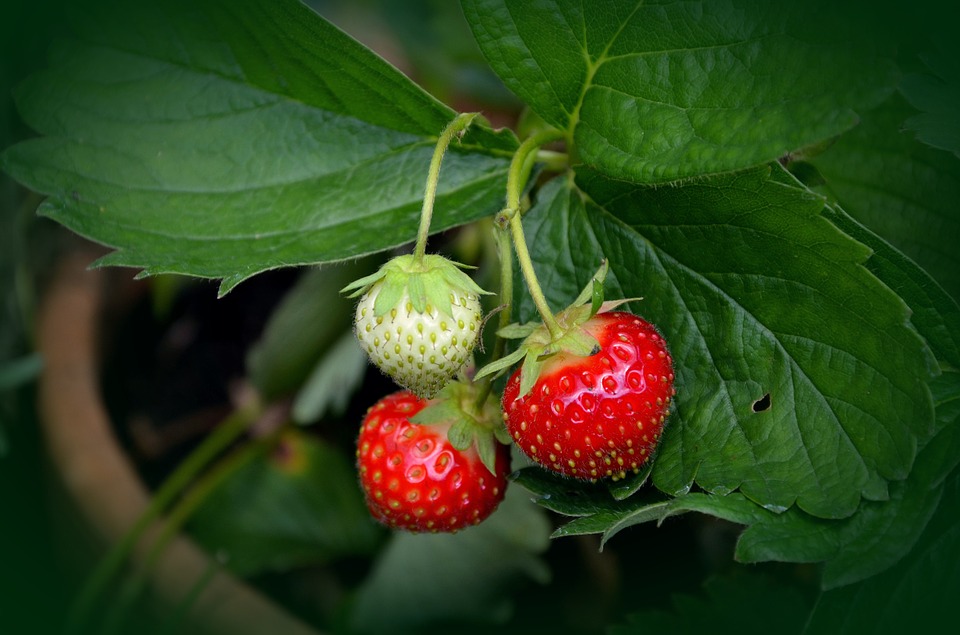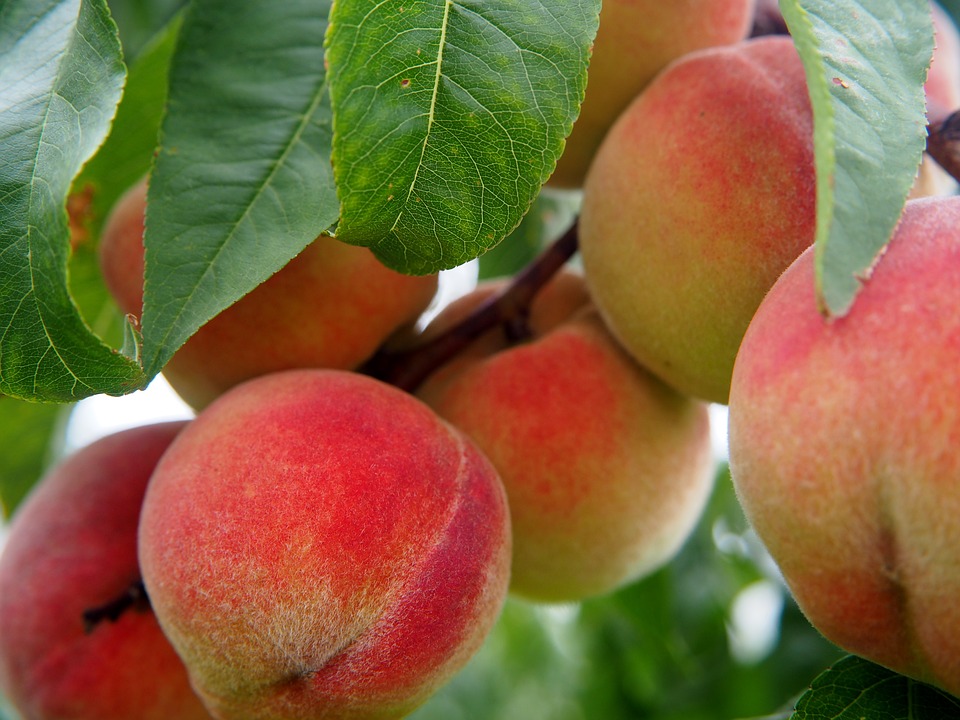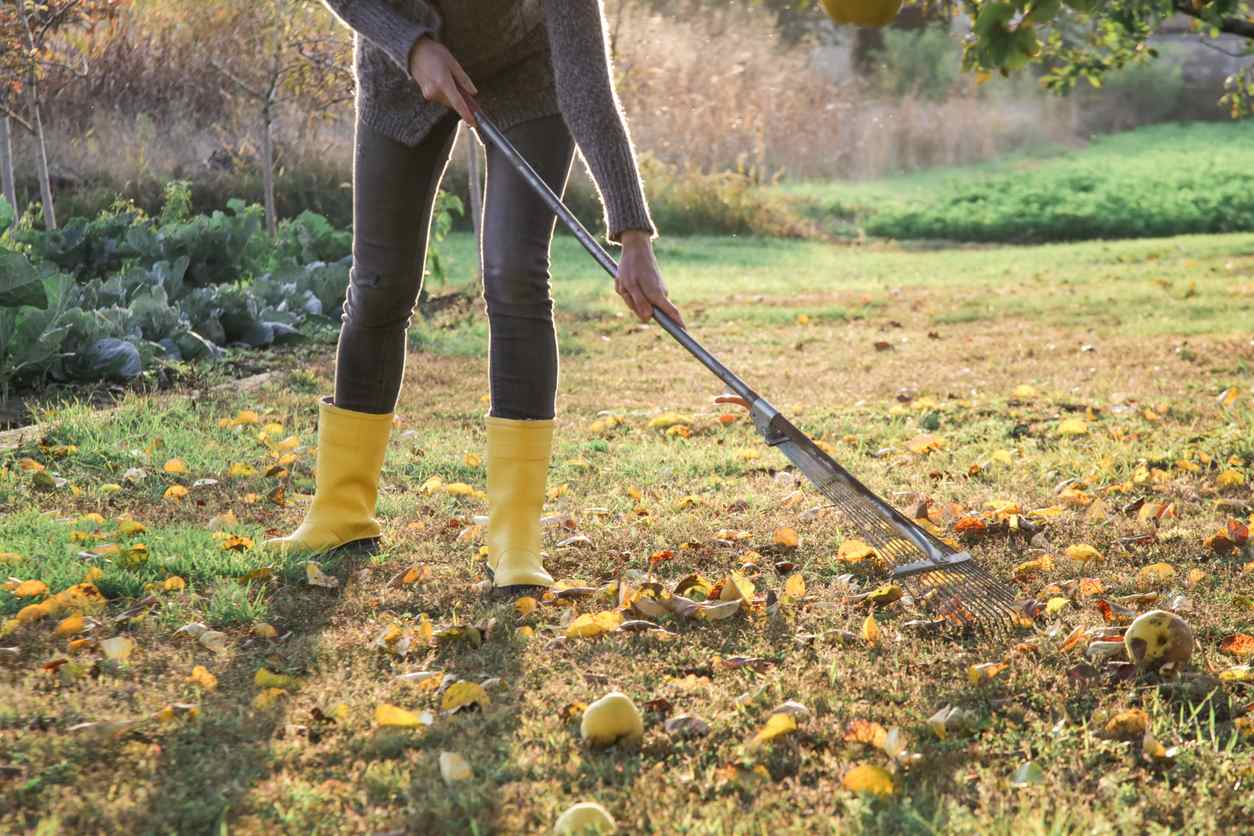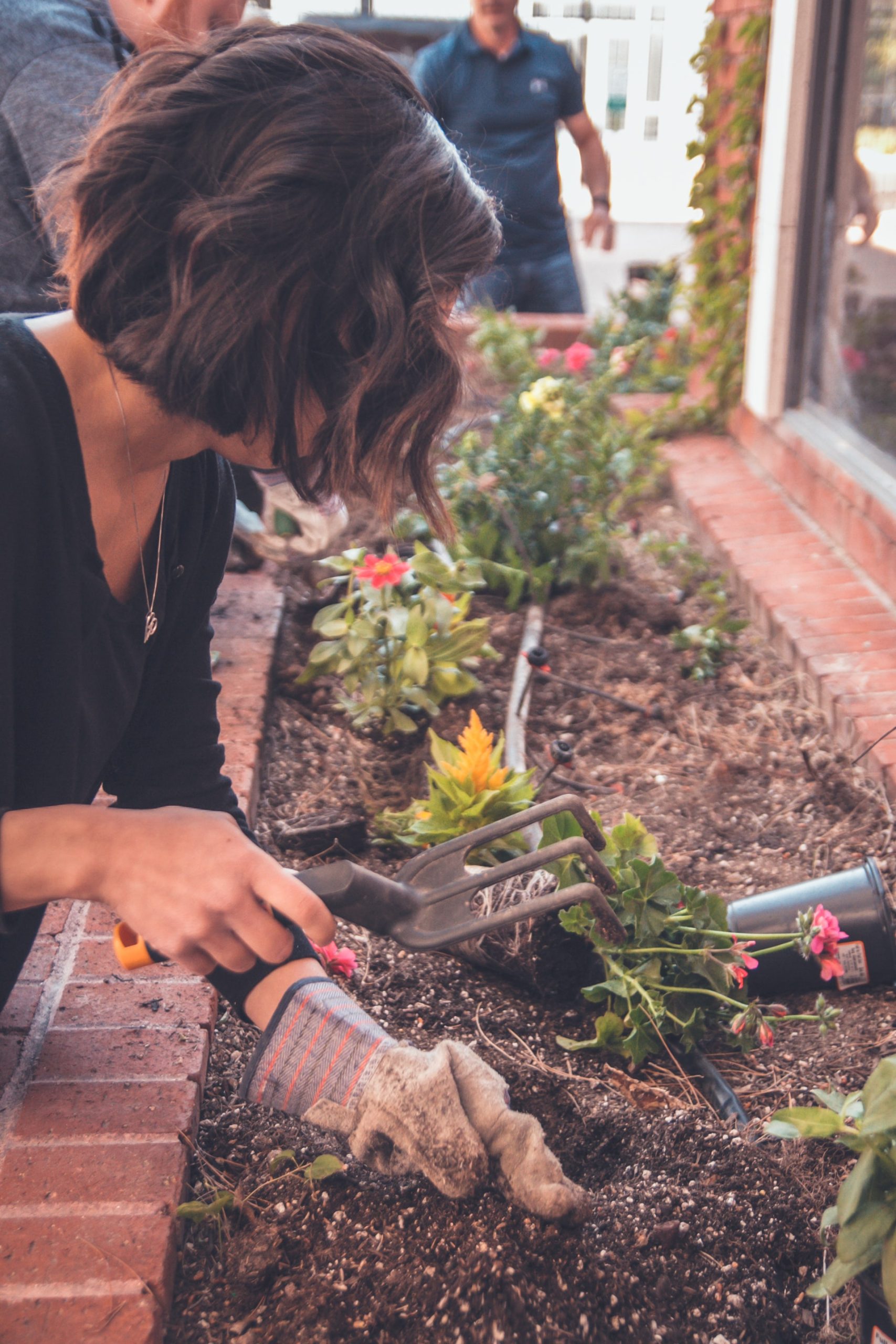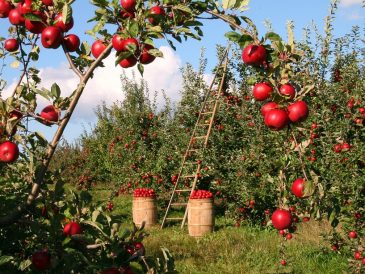Strawberries, also known as the Queen of Summer, are very popular and can be quickly grown by yourself. A pot or container is all you need to grow them, and you can get a lot of harvests even in a limited space.
Planting Strawberries
Although there are hundreds of varieties, there are only two types of strawberries: June bearers and evergreens. Junebearers are unique in that they produce fruit for about two to three weeks in the spring. These are generally the largest fruits, and the plants have many shoots.
Evergreen strawberries are much smaller but produce flowers throughout the summer. Most varieties of both types of strawberries are self-pollinating, with only a few varieties requiring other pollination for fruiting.
Selecting, Sowing, Germinating, and Transplanting Strawberry Seeds
Depending on your desires regarding yield, you can choose a variety of strawberries. Strawberry seeds can be sown indoors in propagators from February onwards. Be careful not to cover the seeds too much, or they will not grow. Place the propagator in a window box and allow it to germinate at a temperature of 18-20°C. Make sure the soil is moist. Young seedlings with two or three true leaves can be transplanted to another pot. After a few weeks, transfer them to soil.
Planting Position and Spacing
Strawberries prefer mildly acidic, humus-rich soil. Strawberries prefer a sunny location, sheltered from the wind. If you are growing strawberries in pots, it is good to turn the pots over from time to time so that they get full sun. The shoots are planted 30 cm apart in the ground. If you grow strawberries in pots, put four or five plants in a 10-liter pot. Strawberries should be planted at a slight angle to the pot so that the fruit does not touch the soil and rot quickly.
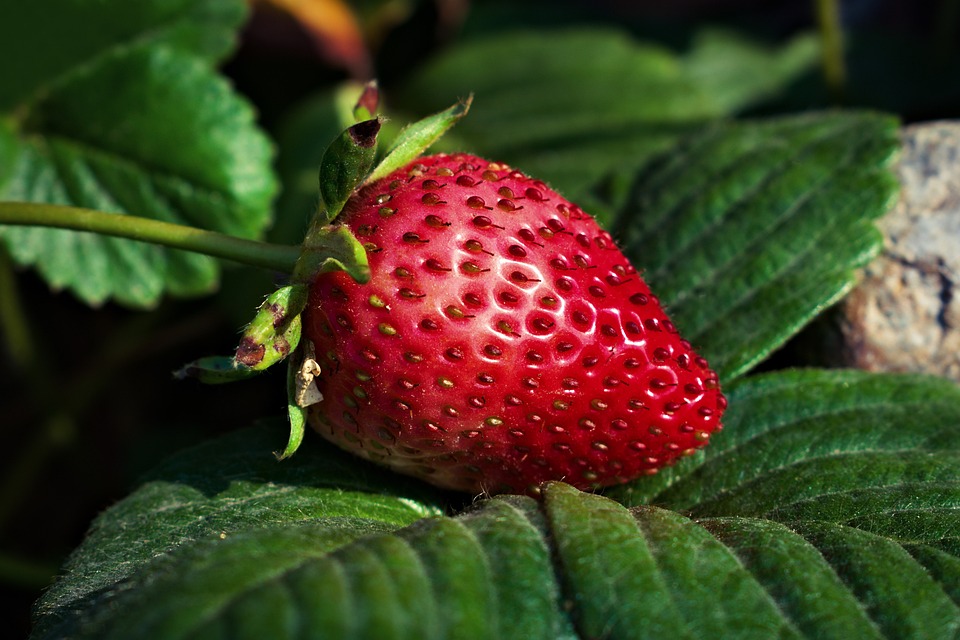
Care and Feeding of Strawberry Seedlings
It is essential to water the plants enough in summer. Water should be applied to the rosettes, not the leaves or fruits. In winter, adequate drainage is necessary so that the water in the soil does not freeze and damage the plant. Strawberries are pretty hardy, but too much frost can ruin the plant. If frosts persist, straw should be spread to prevent frost damage.
Occasional feeding and weeding from mid-July to August will ensure higher yields. It is crucial to remove buds from young plants. If the strawberry leaves are light green, the plant is deficient in nitrogen; there are usually many stolons on the plant in June, and if all are removed by August, new strawberry plants can be grown. When planting in pots, we need to remember that the soil contains only a limited amount of nutrients. It is a good idea to add a few sprigs of fertilizer to the soil right after planting. Covering with water moss will help keep the soil more moist.
Growing Strawberries At Height
Strawberries do not necessarily need to be grown in the ground. Strawberries can also be beneficial as hanging plants. There are the well-known hanging baskets, but a tube system that hangs the plants in a row also works well. Even an entire wall of a balcony is enough to enjoy delicious fresh strawberries at home all summer long. When growing strawberries in an elevated position, it is essential to provide adequate sunlight and water to all plants. They also need to be well fertilized to ensure high productivity.
Pruning Strawberry
As a rule, strawberry seedlings are not actually pruned, but the shoots are removed. If they need to be pruned, you should wait until after harvest. If pruned before winter, they will be susceptible to frost and may not survive the winter. If you cannot prune your strawberry plants in time, it is better to wait until spring. In the spring (after the frost), you can quickly and easily remove dead or brown leaves.

Let us know if these few tips have helped you in the comments below!

